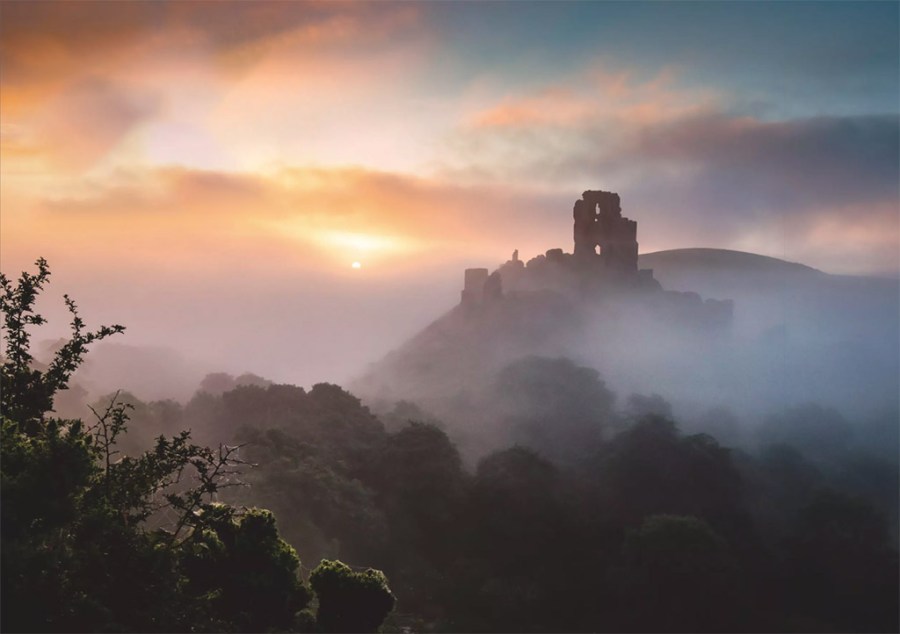Here’s a round-up of what we consider some of the most difficult, expensive, challenging, and toughest photography subjects. If you’re looking for a challenge, or looking to expand your photography skills to different genres, then this guide is for you. Plus we’ll give you links on how to photograph and master these tricky photography types.
1. Toughest photography subjects: Children
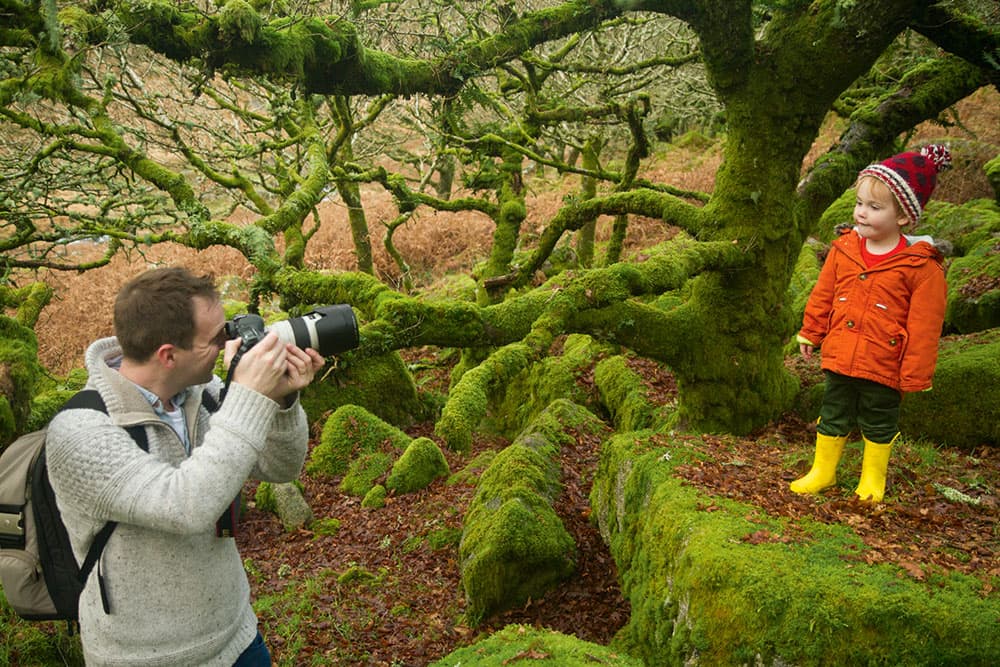
Children can be the best or worst of photography subjects. Credit: James Paterson
Depending on their mood, children can be the best or worst of photography subjects. If you can make the shoot fun and act like a big kid yourself, then they will usually respond. Activities and games can help – running, jumping, spinning, dancing, or playing with toys – anything that distracts them from the camera. As for technique, you need a fast shutter speed (at least 1/200sec) and continuous AF to track movement. Viewpoint is important, too – get down to the child’s eye level for a greater connection with the subject.
See our guide to shooting family portraits.
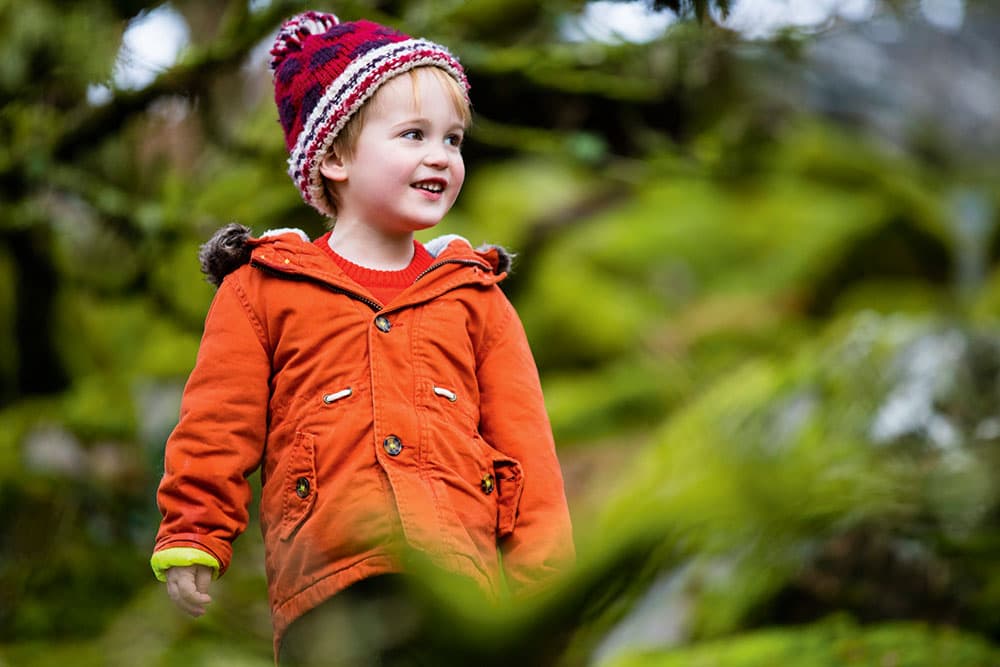
Credit: James Paterson
2. Toughest photography subjects: Pets
Domestic pets can be a joy to photograph, but they can also be tricky subjects. As with photos of people, a wide aperture in combination with a focal length of 50mm or more is a good choice, as it lets you blur out the background. Be sure to focus precisely on the eyes, as these are the most important feature in any portrait – human or animal. It helps enormously if you have someone with you to arrange the animals and grab their attention.
See our complete guide to pet photography.

Grey Cat. Sony FE 70-200mm F4 Macro GM OSS II sample photo. Copyright Joshua Waller.
3. Toughest photography subjects: Astrophotography
The challenge is to deal with the earth’s rotation. Exposures need to last several seconds to capture enough light from distant celestial objects. But the motion of the earth interferes at long focal lengths. The solution is to use a rig like a German equatorial mount (GEM) that rotates the camera to counteract the earth’s motion.
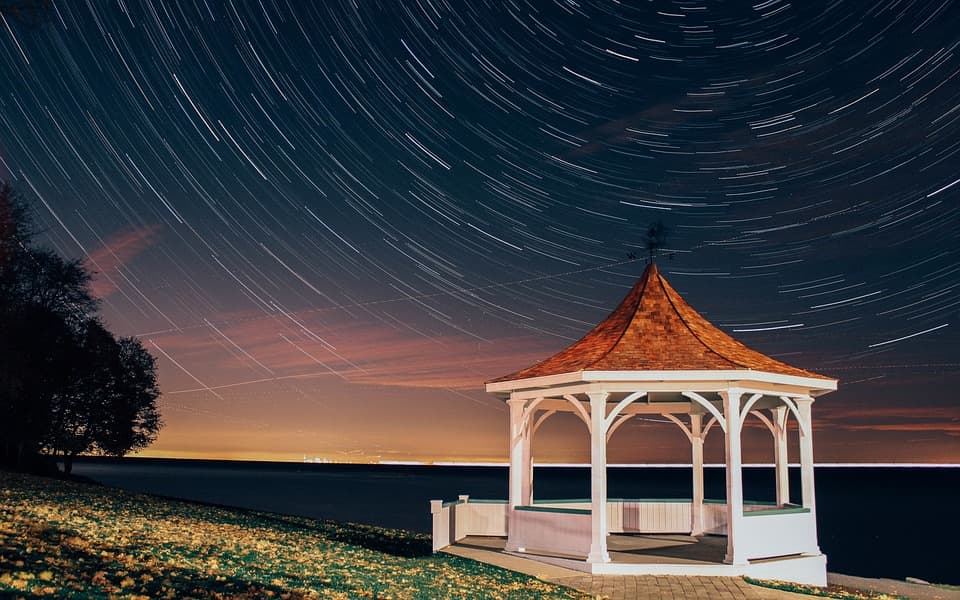
See our guide to astrophotography, the best cameras for astrophotography, as well as the best lenses for astrophotography.
4. Toughest photo subjects: Macro
Macro photography needs extra attention to detail and technical mastery. Depth of field is crucial – when close up, a wide aperture of f/2.8 may give a depth of field no more than a couple of milimetres, so stop down to f/8 or more. Use a tripod and focus with live view for greater accuracy. You may need to invest in a macro lens to get really close if your current lens isn’t up to the task.
See our complete guide to macro photography.
5. Toughest photography subjects: Weddings
This is the ultimate pressure-cooker situation for many photographers. First, there are the technical challenges: think white dresses, dark interiors, uneven lighting. Then there are all manner of other pressures – herding guests into group photos, fulfilling the long list of must-get, one-chance photos, remaining on hand yet unobtrusive throughout, and all while striving for creativity and professionalism. It’s a big responsibility, so consider extra training or assisting a seasoned pro for a while.
See our complete guide to wedding photography.
6. Toughest photography subjects: Outdoor portraits
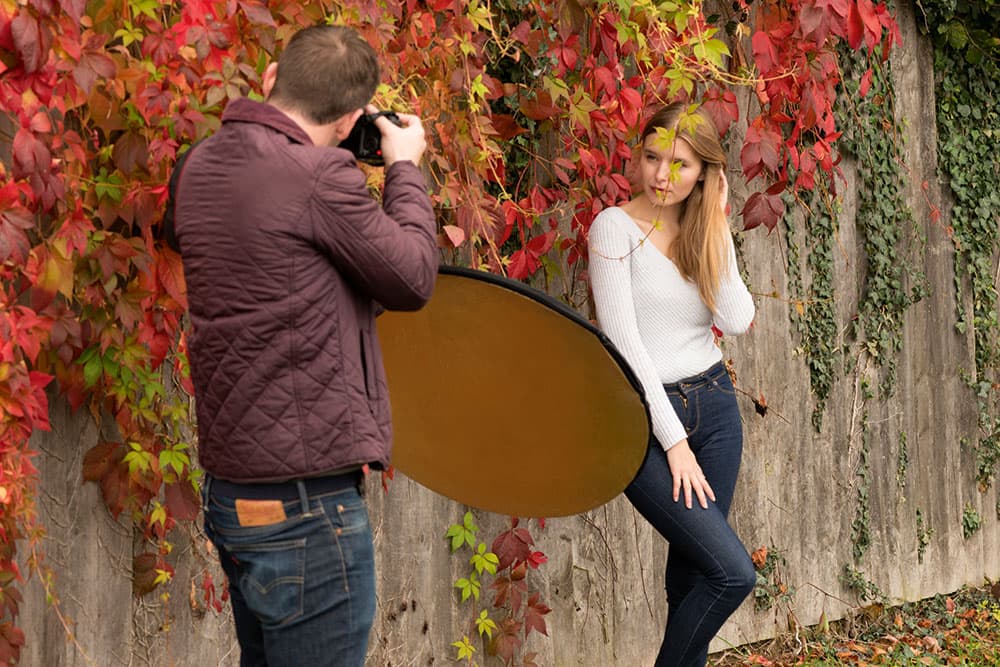
Credit: James Paterson
Shooting outdoor portraits is often an exercise in seeking the best light. Bright sunlight is unflattering on faces and results in overly contrasty scenes. Better to shoot on overcast days or look for a spot of shade. A simple 5-in-1 reflector is worth its weight in gold here. On overcast days you can hold it under the face to lift the shadows and create catchlights in the eyes. On sunny days you can use it as a shade or scrim to soften the light on the face.
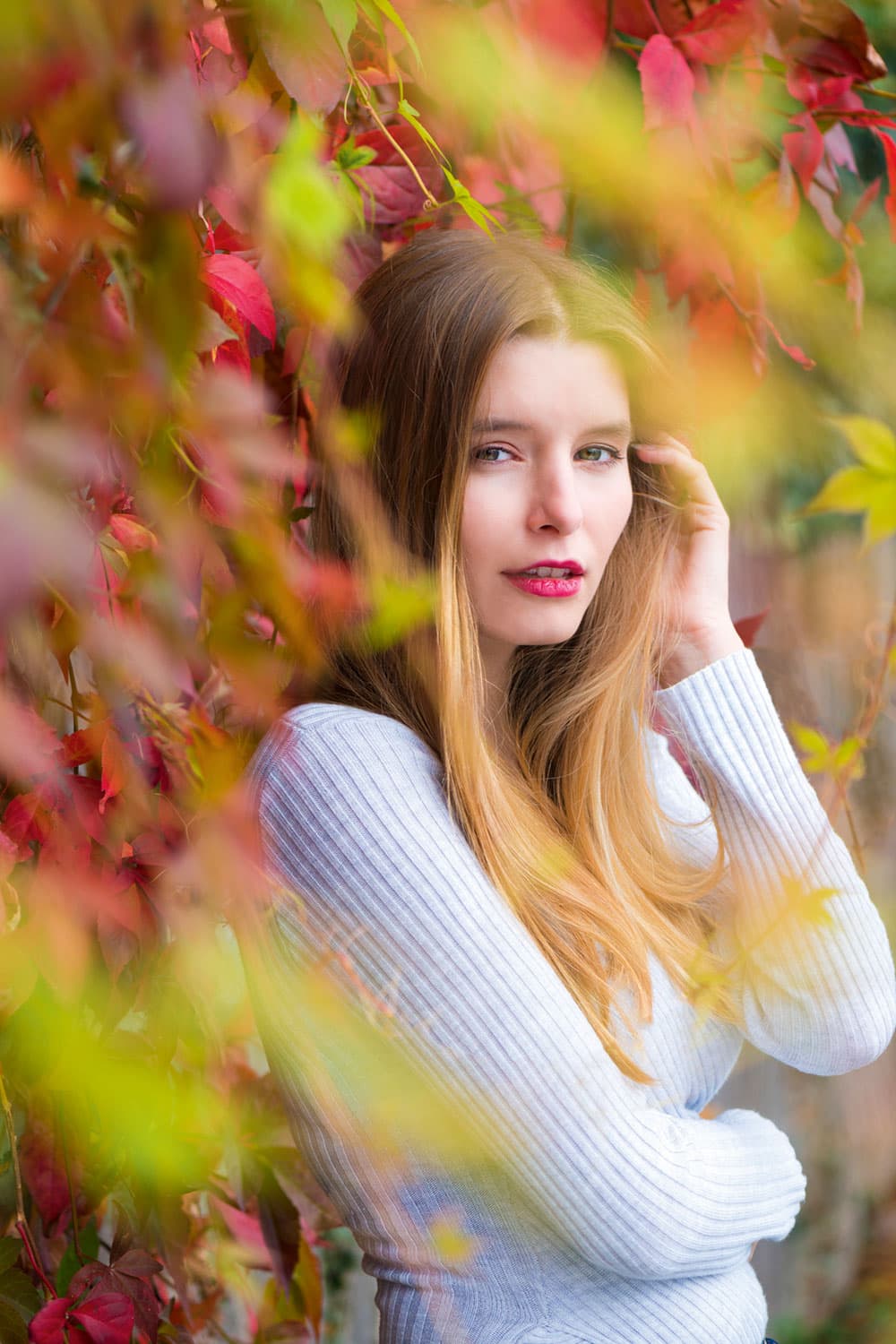
Credit: James Paterson
See our complete guide to portrait photography.
7. Toughest photography subjects: Bottles and glass
The key when photographing glass or translucent objects is to backlight. Frontal light makes glass look messy and creates unwanted bright spots. Aim a speedlight or studio ash towards a white or grey background so that light bounces off the backdrop and travels through the glass. This emphasises the shape of the object and illuminates any liquid inside.
8. Toughest photography subjects: Birds in flight
A subject so specialist it even has its own acronym: BIF. Capturing the motion of flying birds (or insects) is very challenging. A long focal length is required, ideally 400-600mm, and a very fast shutter speed (try 1/2,000sec in shutter priority) to freeze motion. Tracking birds is another challenge – head to a local bird sanctuary to practise your tracking skills.
See our guide on how to photograph birds in flight, as well as our guide to the best cameras for bird photography.
9. Toughest photography subjects: Products
One of the most prohibitive things about product photography is the cost of the lighting, but with a little technical know-how you can shoot high-end product shots with just two home studio heads: one is aimed at the backdrop and the other, fitted with a softbox, is placed in different positions around the subject. Capture several frames, then piece the best parts together in Photoshop.
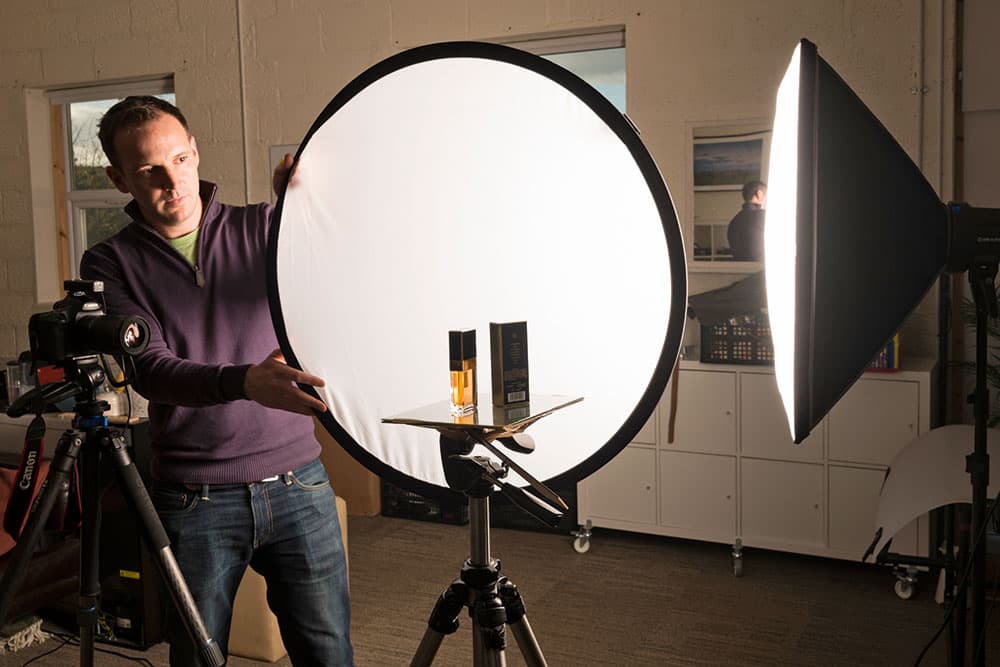
Credit: James Paterson
See our guide on how to take great product shots for eBay, as well as our complete guide to jewellery photography.
10. Toughest photography subjects: Sports
Shooting a sporting event is often about anticipation – if you know where and when the action is likely to happen then you can be ready. For the most part, this comes with knowledge of the sport, but there are tricks you can use to help. If the subject comes speeding by, then your autofocus might not keep up, so try pre-focusing on a spot where you know the action will occur beforehand. Use a high drive rate and fast shutter, then fire off shots in bursts.
See our guide on how to shoot sports photography, as well as our guide to the best cameras for sports photography.
11. Toughest photography subjects: Wildlife
The most elusive of all subjects, wildlife requires the technique of sports photography, the patience of landscape photography and the wanderlust of travel photography. Research your intended animal subject – its habitat, behaviour and movements – and use the focal length rule to avoid camera shake. The shutter speed should be at least equal to the focal length. For example, with a long 500mm lens use 1/500sec or faster.

Leopard, Predator, Wild cat image
See our complete guide to wildlife photography, plus have a look at the best cameras for wildlife photography.
12. Toughest photography subjects: Art nudes
How do we capture something interesting or unusual with perhaps the most celebrated, most well-trodden form in the history of art? What’s more, how do we keep from straying into glamour or porn? Nudity for nudity’s sake is rarely thought-provoking. Artistic nude photos should be a celebration of the body, perhaps with unusual lighting or an interesting context, a striking pose, or a bold composition. Lighting from behind or to the side like this is often effective, as it emphasises the shape of the body.
See our guide to fine art nude photography (NSFW).
13. Toughest photography subjects: Food
For food photography, attention to detail is key. It’s often all about styling. Aside from the arrangement of the food, think about the plate and the surface beneath – do you want a rustic feel, or something more clean and contemporary? Timing is crucial, too; little touches such as rising steam can really make the shot. For a simple lighting setup, shoot side-on to a window with a reflector placed opposite your subject.
See our complete guide to food photography.
14. Toughest photography subjects: Reproduction
The challenge with photographing paintings or other photos is in accurate colour reproduction and even illumination. For the greatest accuracy, use a colour chart or a neutral grey card then shoot in raw and set your white balance to the card afterwards. Varnish and gloss can cause unwanted hot spots, so ideally photograph paintings before they’ve been varnished and framed. If hot spots still show, try angling two lights – one on either side – at 45 degrees to the artwork.
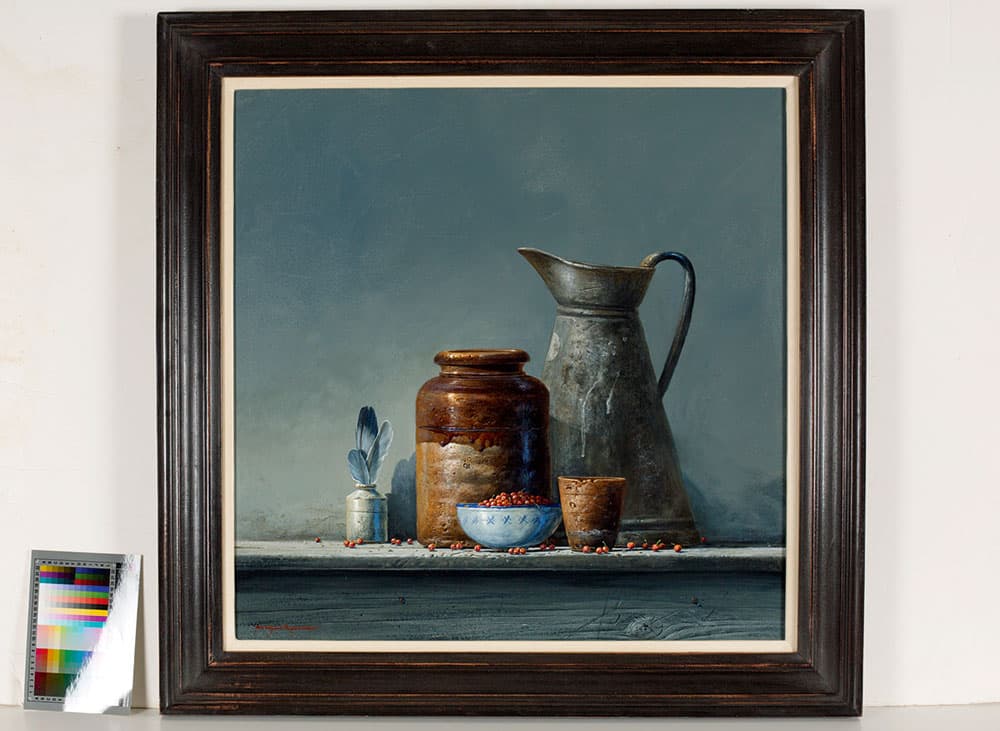
Credit: James Paterson
15. Toughest photography subjects: Current events
At the extreme end of the scale, photographing in war zones or dangerous territories is surely the most demanding environment of all. Thankfully, most of us will never face such a challenge. But even on a more local scale, photojournalism can be daunting. It’s an exercise in economy: how to distil an entire story or concept into a single frame. Ask yourself, in any given scenario, which angle or which subject will capture how it feels to be there in that moment most completely?
See our guide to the best cameras for photojournalism and documentary photography.
16. Toughest photography subjects: Misty landscapes
The inclusion of fog and misty conditions can give a wonderful atmospheric feel to landscapes, but it’s easy to end up with washed-out scenes that look flat. Mist rises around water and wet fields, making an excellent display both in the morning and in the late afternoon. With the mist acting like a big softbox in the sky, contrast is reduced, but use this to your advantage. With objects progressively losing contrast the further back they go in the scene, it can be a great way to emphasise depth in your shot and exaggerate the differences between near and far objects.
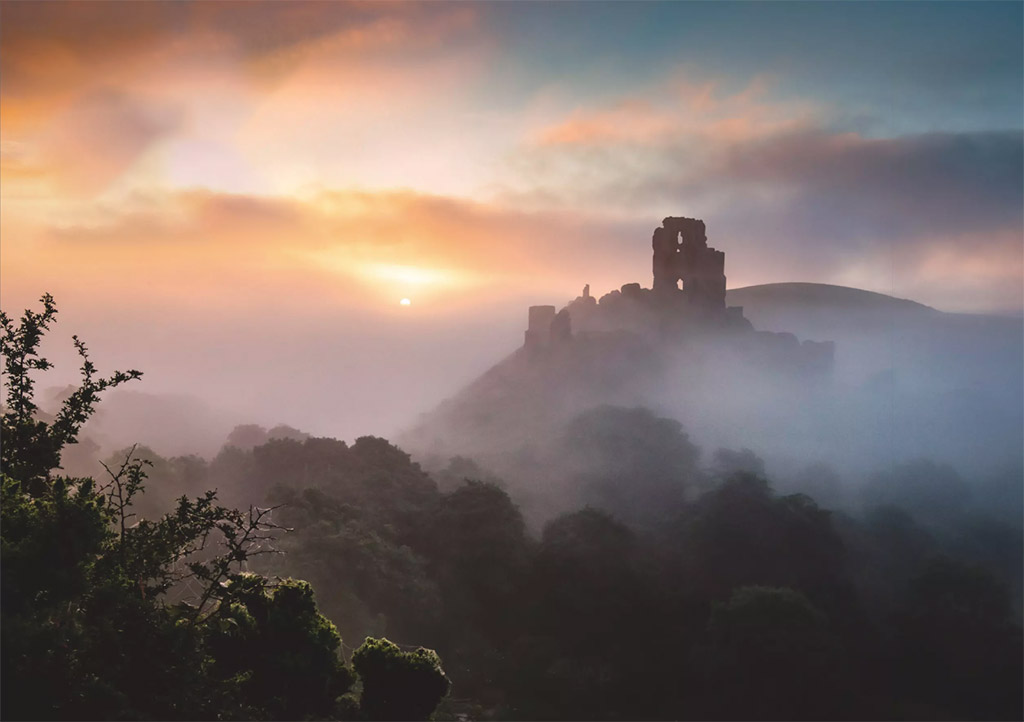
Misty mornings photography. Photo James Paterson
See our guide on how to photography misty mornings.
17. Toughest photography subjects: Interiors
Often the challenge with interior photography is in balancing artificial interior light with the brighter window light. We have two options. We can either shoot multiple exposures – one for the interior, one for the outside – and then combine them later. Or we can boost the interior light with flash so that it matches the outside conditions. The latter will often look more natural. Try bouncing the flash off a ceiling or wall to fill the interior space with soft, even illumination.
Then there’s the camera kit needed to get everything in the shot, and this is where an ultra-wide-angle lens will be essential.
18. Toughest photography subjects: Underwater
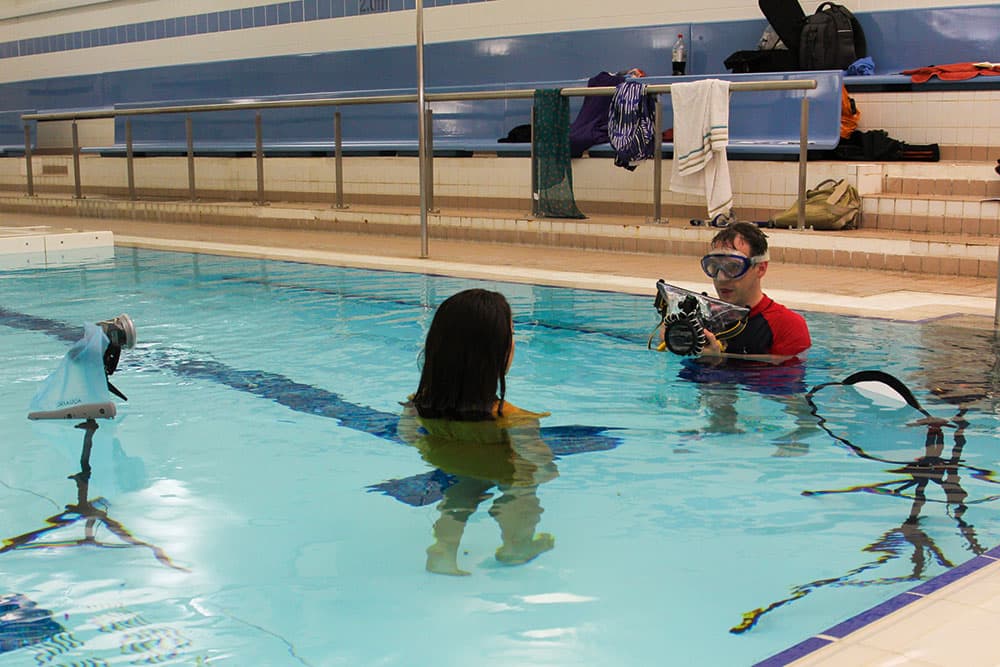
Credit: James Paterson
Is there a more alien environment for a camera than underwater? Aside from the challenges of keeping gear dry, lighting is the main problem. Water absorbs light, and red is absorbed more than blue, which is why underwater photos will often have a blue cast. In addition, the light is often flat and dull. So for top underwater photos you’ll need to supplement the ambient light with your own artificial lights – either a dedicated underwater strobe or, if in a pool like this, a speedlight in a watertight bag.
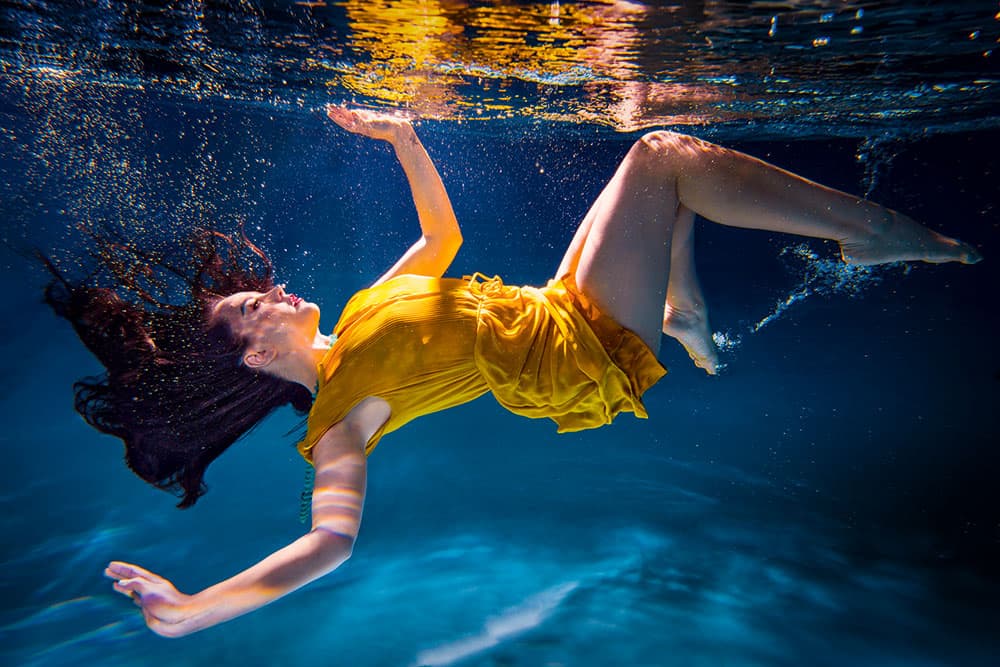
Credit: James Paterson
See our guide to underwater photography, as well as our recommendations for the best waterproof cameras.
19. Toughest photography subjects: Street
In one sense, street photography is about overcoming fear – the fear of confrontation, abuse, or even arrest. But the beauty is that as long as we practise common sense and respect, most people will behave with courtesy, perhaps slight amusement, and sometimes even with delight.
A good lens for the street is a 50mm prime on full frame or a 35mm on a crop sensor. This gives a classic field of view similar to what the eye sees, and offers a wide maximum aperture for minimal depth of field – useful when isolating subjects against cluttered backdrops.
See our complete guide to street photography, as well as our recommendations for the best lens for street photography, and the best cameras for street photography.
20. Toughest photography subjects: Concert photography
Low ambient light, restricted viewpoints and fast-paced activity is a cocktail that will push your gear and technique to the limits – we’re talking wide-open lenses and noise-inducingly high ISOs. For low-light handheld conditions, use manual mode and auto-ISO, set your maximum aperture (eg f/4) and a shutter speed of 1/250sec. Shoot in raw for extra flexibility on white balance later.
See our guide to music and events photography, plus as our recommendations for the best cameras for low-light, as well as the best lens for low-light.
 James is an award-winning journalist, photographer, editor and trainer. His work has appeared in countless magazines and books, and in 2014 he was appointed editor of Practical Photoshop magazine. His subjects range from portraits to landscapes, architecture and underwater scenes. For more details visit www.patersonphotos.com.
James is an award-winning journalist, photographer, editor and trainer. His work has appeared in countless magazines and books, and in 2014 he was appointed editor of Practical Photoshop magazine. His subjects range from portraits to landscapes, architecture and underwater scenes. For more details visit www.patersonphotos.com.
Here are some more difficult photography genres:
- Diving with sharks: shark attack survivor turned photographer
- Aerial landscape photography with a difference
- Ghost photography – using a ghost camera in London
Follow AP on Facebook, Twitter, Instagram, YouTube and TikTok.

